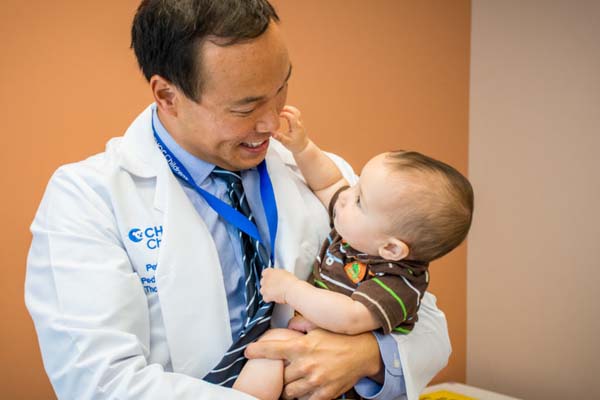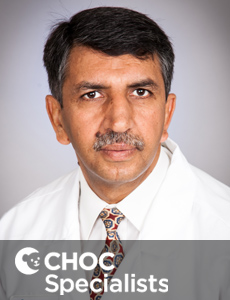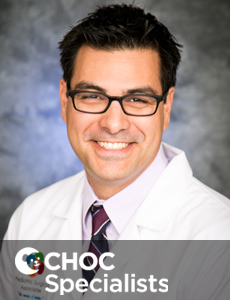Frequently Asked Questions About Anorectal Malformations
What types of anorectal malformation are found in children?
If your child has an anorectal malformation, several problems can occur, including:
- The anal passage may be narrow
- The anal opening may be covered with tissue or a membrane (thin barrier)
- The anal opening may not be in the right place
- The anal opening may not be lined up with the anal muscles
- There may be an abnormal connection (fistula) between the rectum and the urinary tract or reproductive organs
Anorectal malformation may appear differently in boys and girls.
Girls can have an anus that is anterior, meaning it is not in the correct place. The most common form in girls is recto-vestibular fistula, when the anal opening connects to the vagina. Cloaca is the rarest and most complex anorectal malformation in girls. It occurs when the urethra, vagina and anus share one opening.
Boys can also have an anus in the incorrect place. Boys could also have an abnormal connection between the anal opening and the bladder or urethra.
What are the symptoms of anorectal malformation?
Anorectal malformations cause problems with a child’s bowel movements. Your baby may have symptoms including:
- Lack of stool
- Stool coming from the vagina
- Trouble having a bowel movement
- Chronic constipation in older children
Most anorectal malformations are found before a newborn leaves the hospital.
When should you seek help for anorectal malformation?
If your baby was not diagnosed with an ARM, but is experiencing the following symptoms, call your health care provider.
- Passes stool from her vagina
- Passes urine from the anus
- Inability to poop
- Chronic constipation
If your baby is not having any bowel movements, seek emergency care immediately.
What causes anorectal malformation?
In most cases, the cause of the condition is unknown.
As a baby grows in its mother’s womb, the baby’s lower part of the large intestine and the urinary tract start off as one channel. The rectum and anus then separate from the urinary tract. When these steps don’t happen as they should, the rectum or anus may not develop normally.
Anorectal malformation sometimes occurs with certain genetic syndromes or other birth defects. These include:
- VACTERL association, which includes problems with the spine, anus, heart, trachea, esophagus, kidneys and limbs
- Digestive system problems
- Urinary tract problems
- Spinal problems
- Down syndrome
- Townes-Brocks syndrome. This condition includes problems with the anus, kidneys, ears, and arms and legs.
How is anorectal malformation diagnosed?
An anorectal malformation is usually diagnosed at birth if the anal opening isn’t present or is in the wrong place. An anorectal malformation is occasionally diagnosed prenatally.
Your child’s health care provider will do a physical exam when your baby is born. The provider will examine your child’s anus to see if it is open. In order to better understand the anorectal malformation your child may also have imaging tests such as:
- Abdominal X-rays to take images of internal tissues, bones, and organs
- Renal ultrasound, a test that uses sound waves to make images of the kidneys, uterus and bladder.
- Spine ultrasound, a test used to examine the spine
- Babygram, which is a full body X-ray of your baby
- Echocardiogram, a test that uses ultrasound to make images of the heart.
How is anorectal malformation treated?
Treatment will depend on your child’s symptoms, age and general health. It will also depend on the severity of the condition.
Most babies with ARM will need surgery to correct the problem. The type and number of surgeries your child needs will vary, depending on his or her condition.
In addition, children with anorectal malformation receive specialized, multidisciplinary care by the CHOC Colorectal-Bowel Management Program.




















